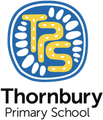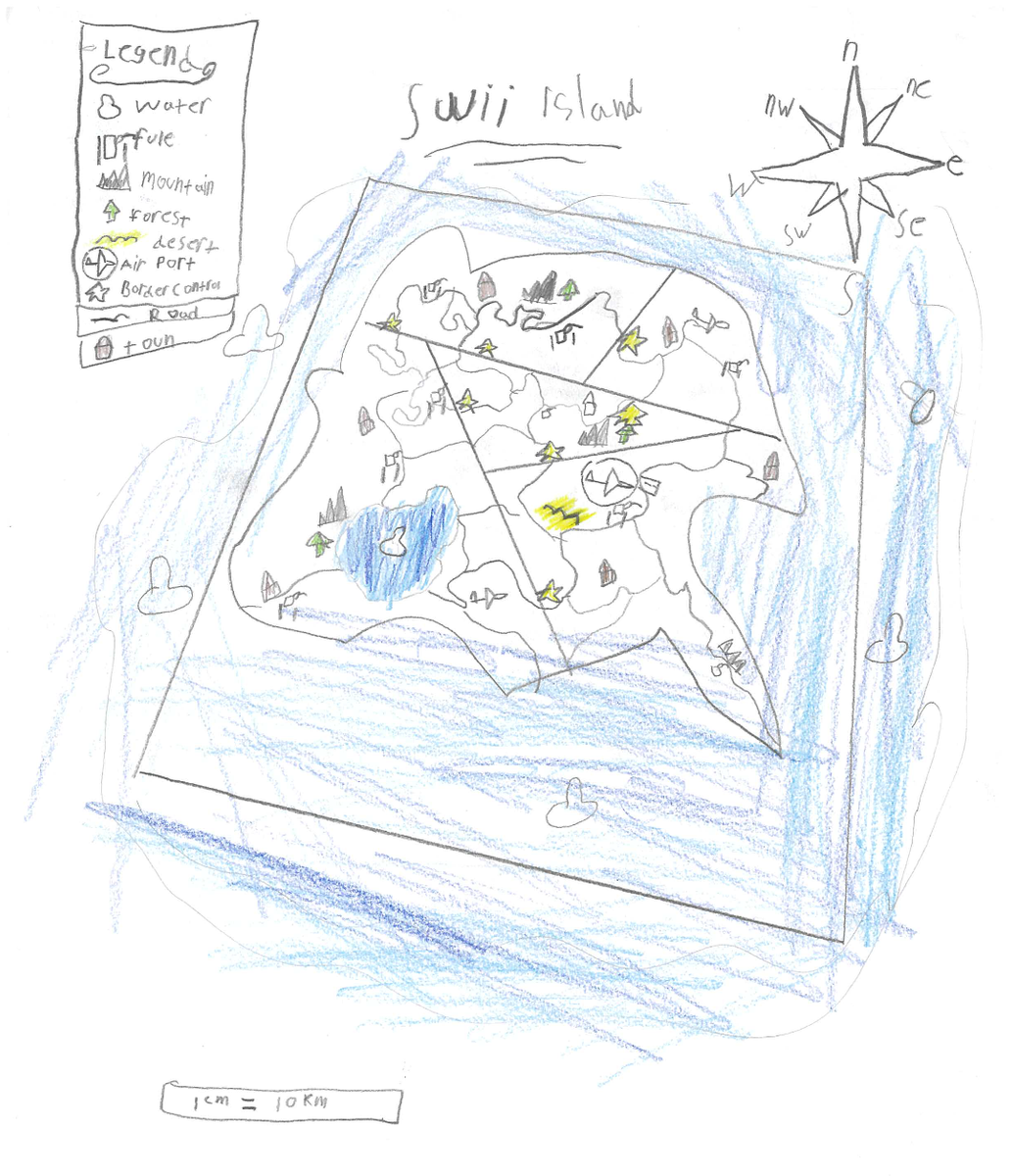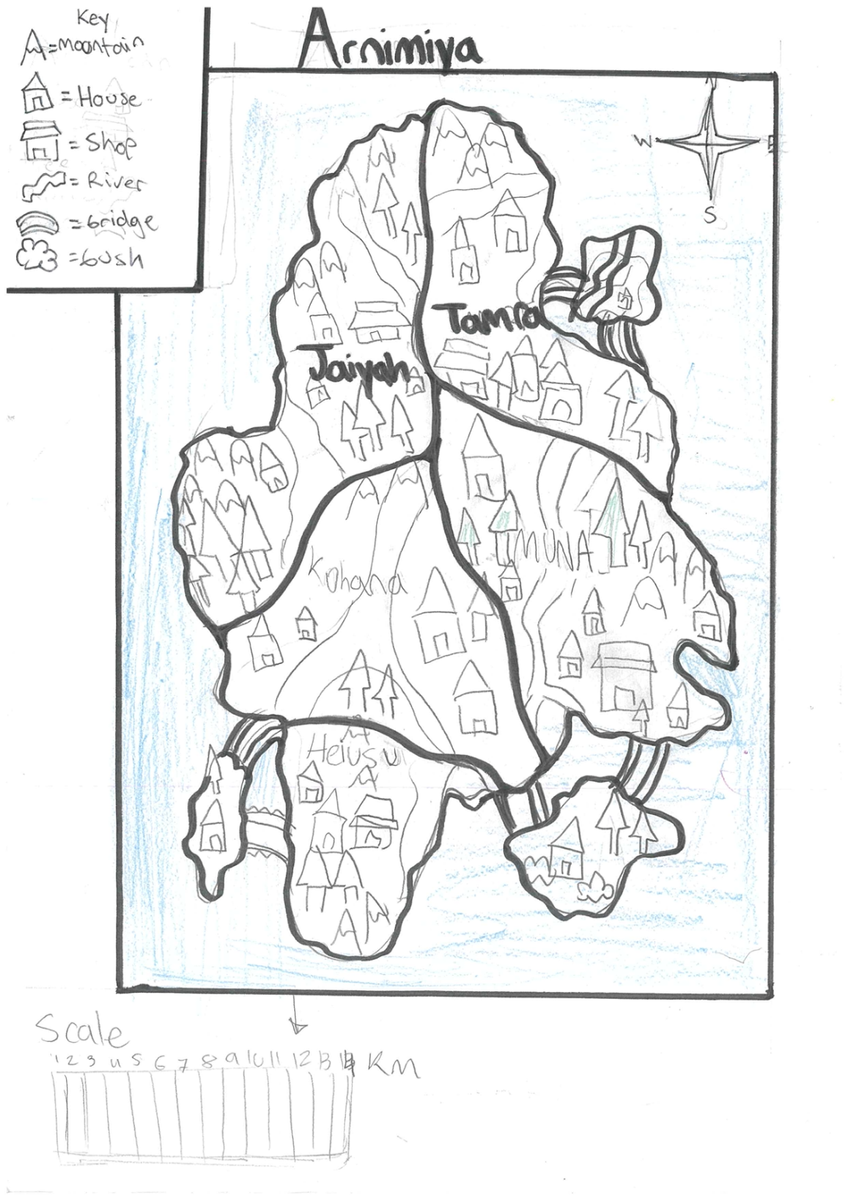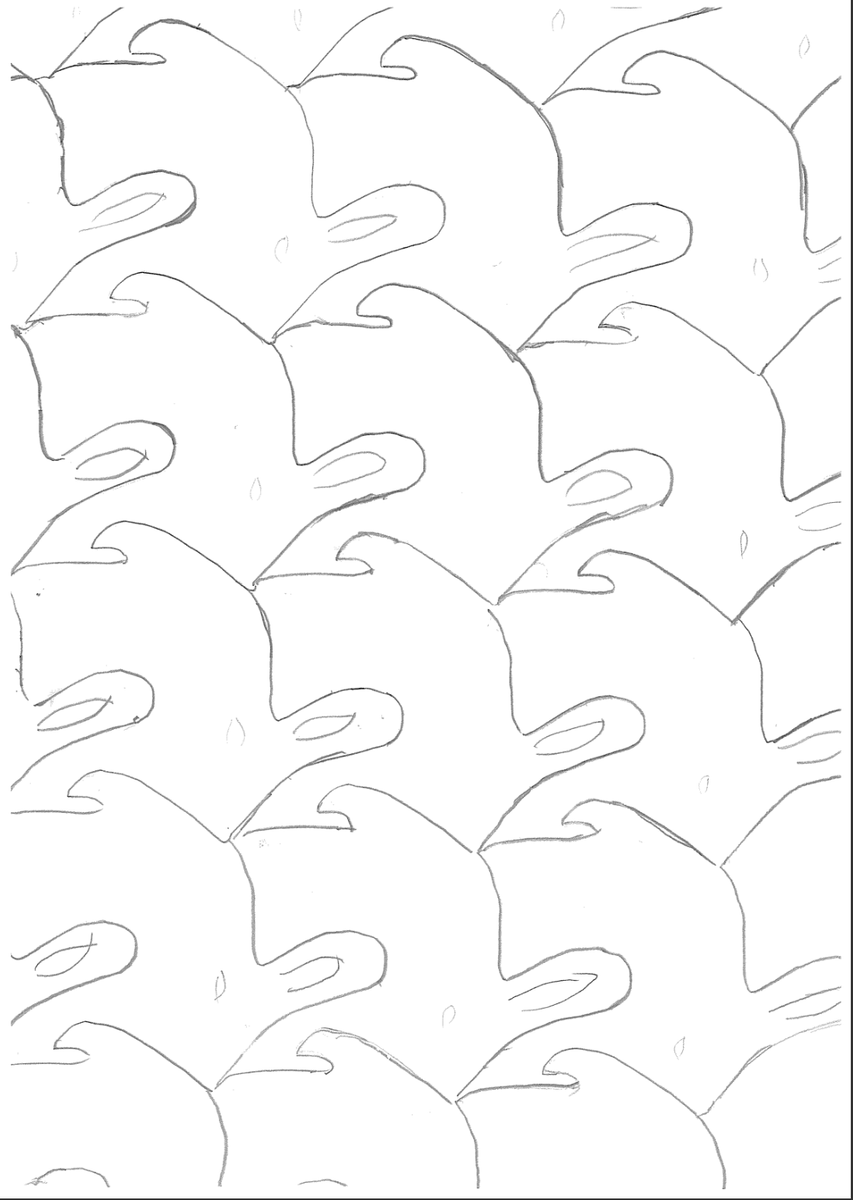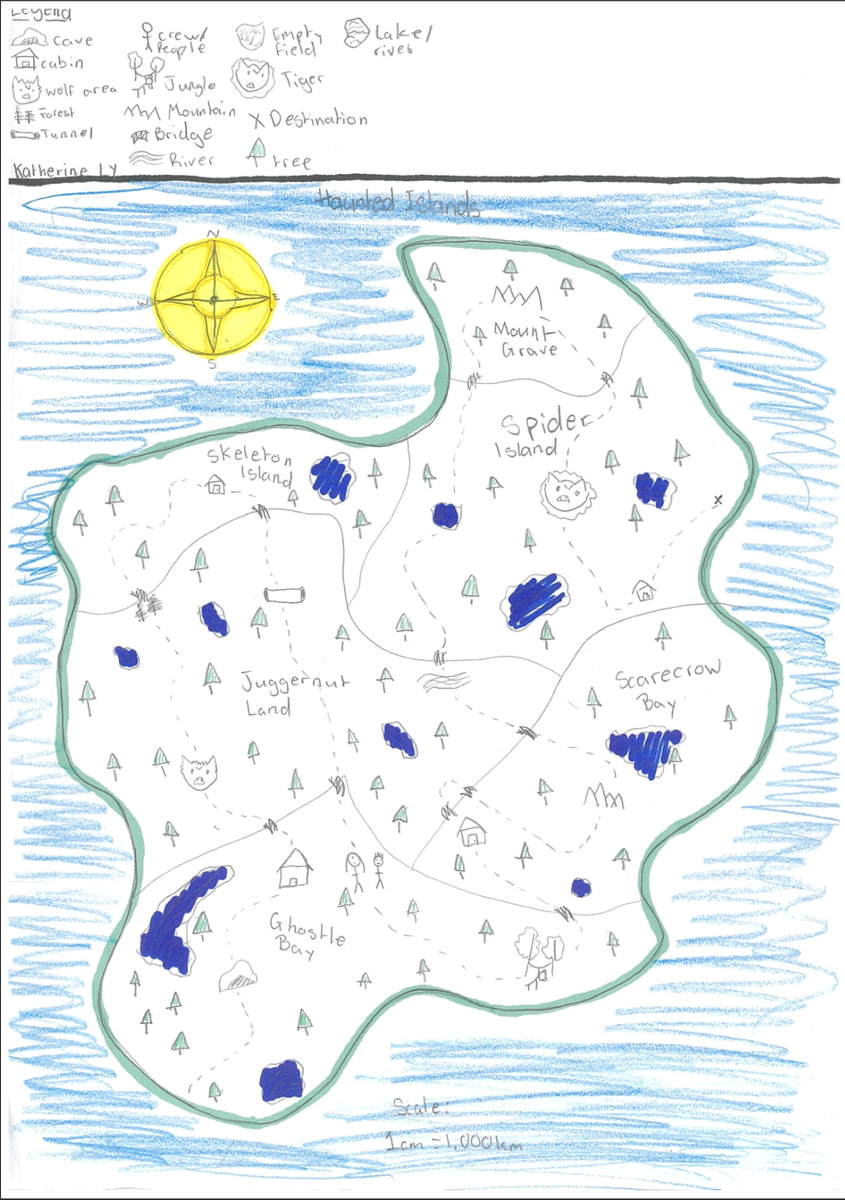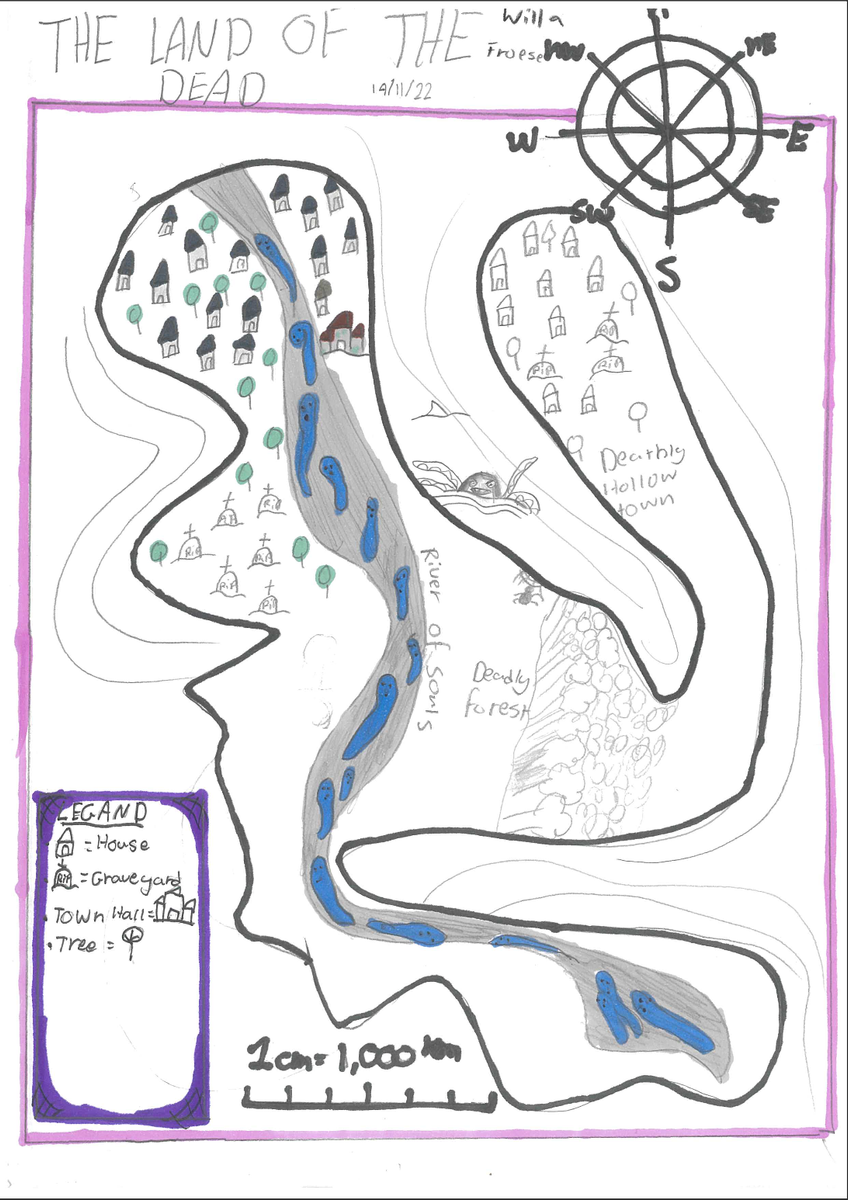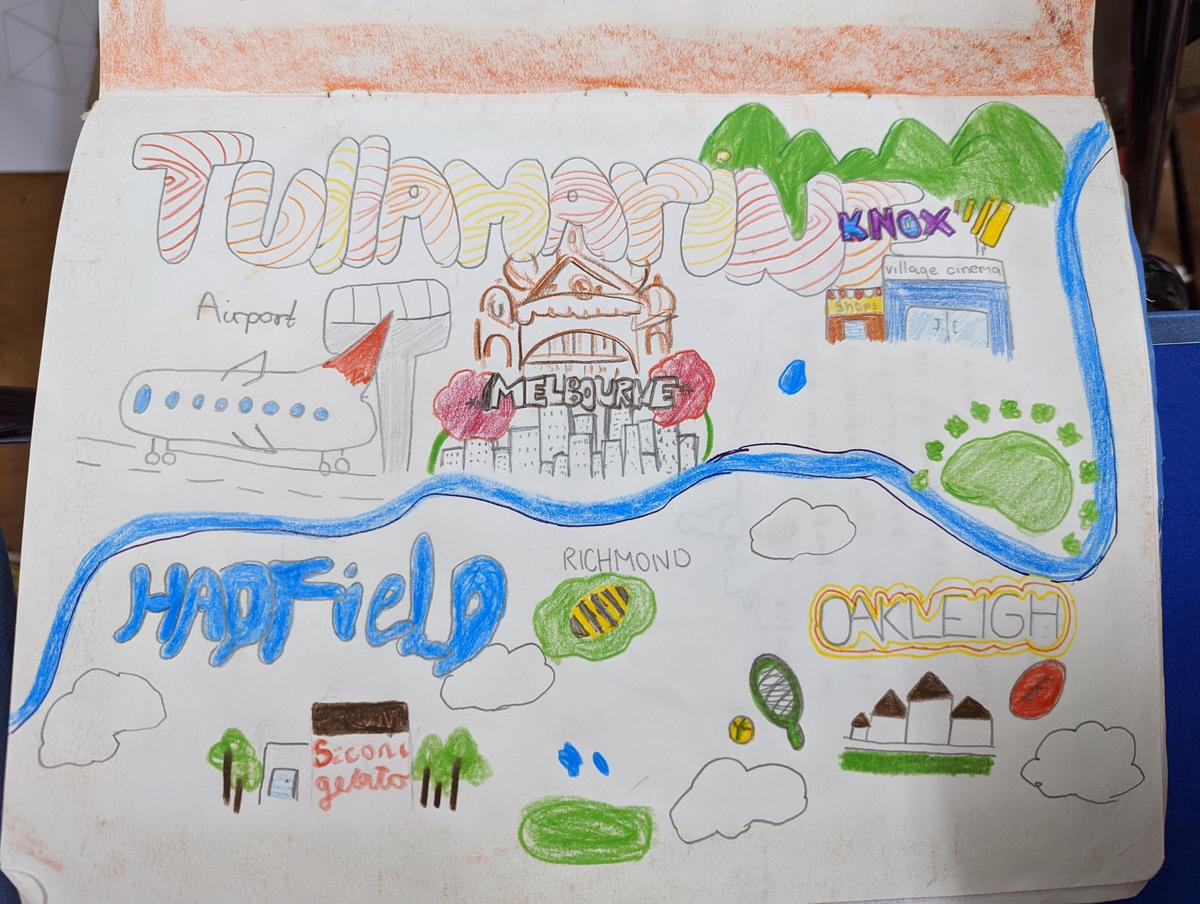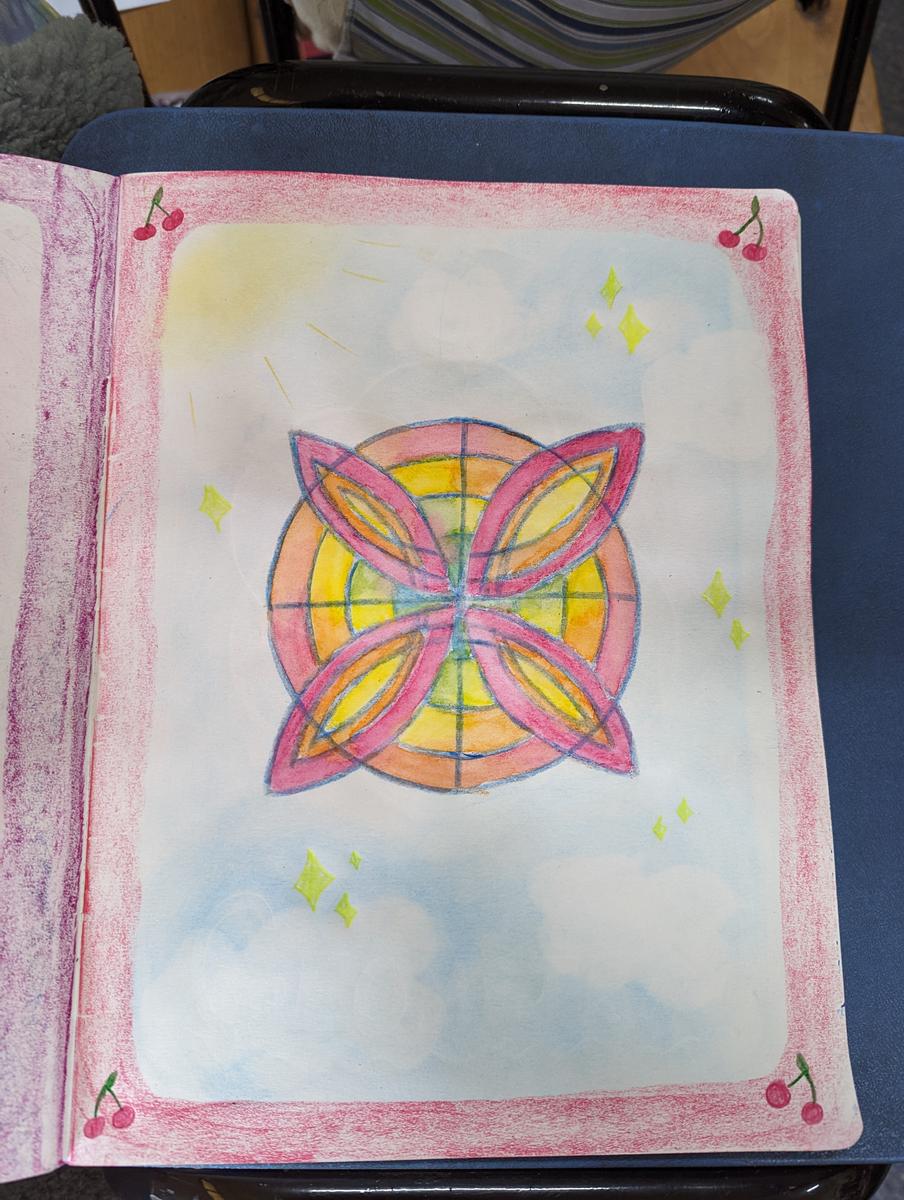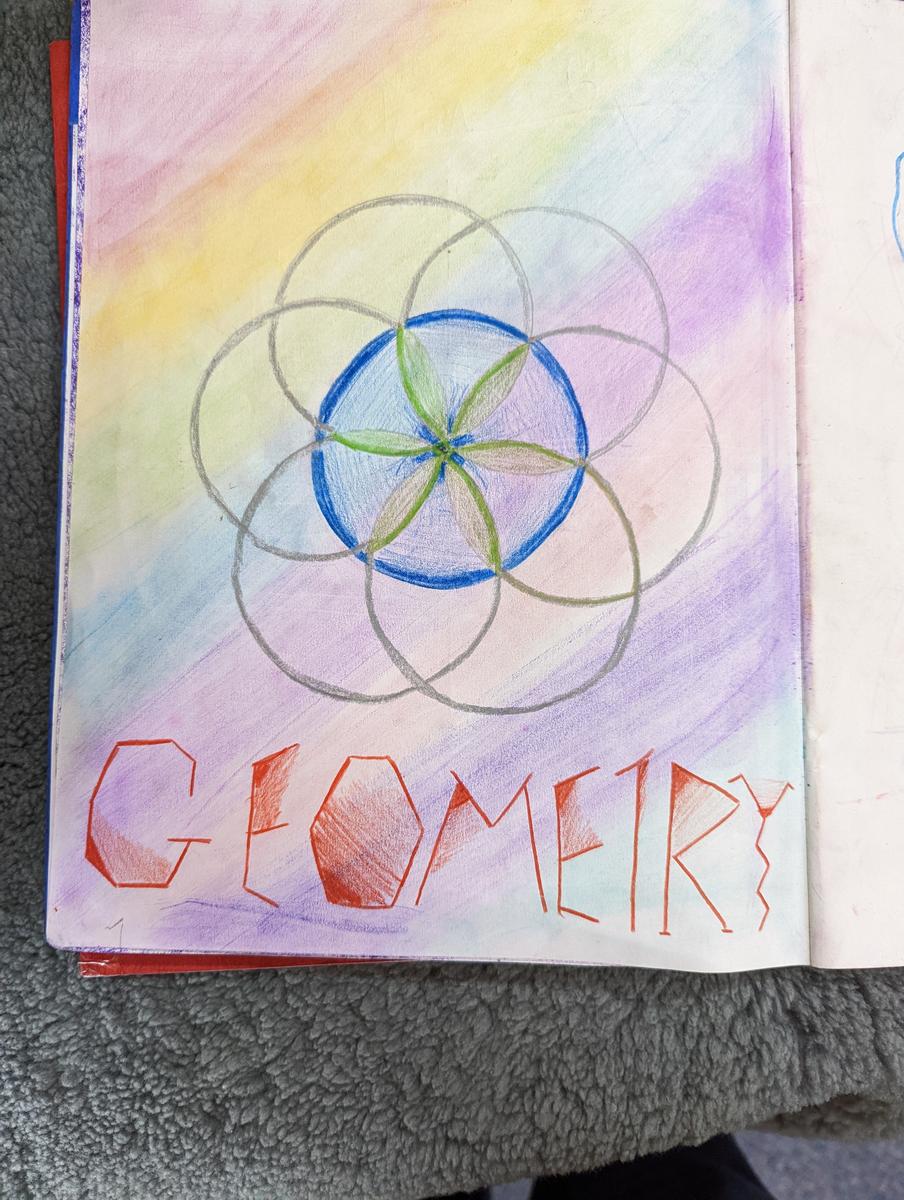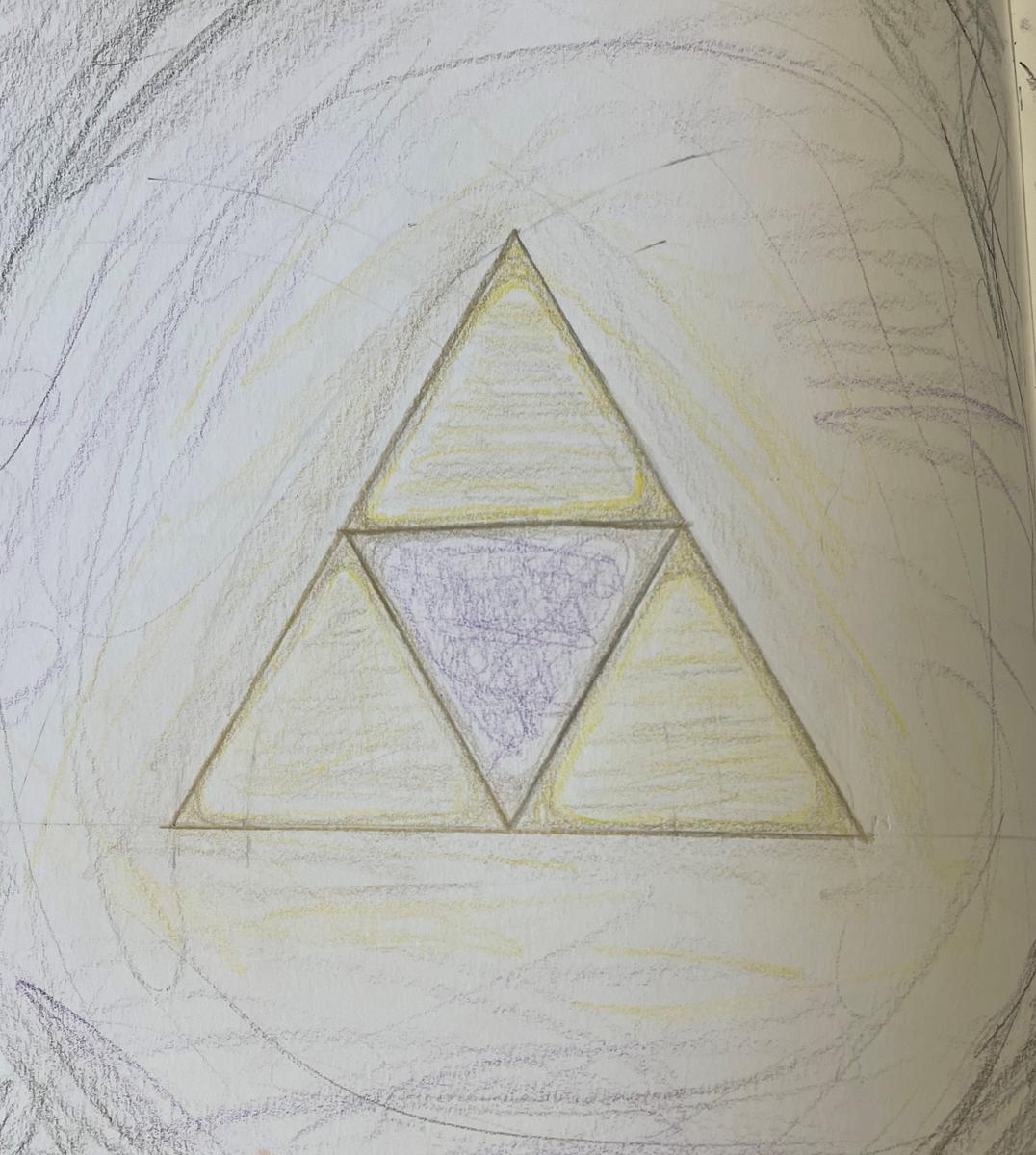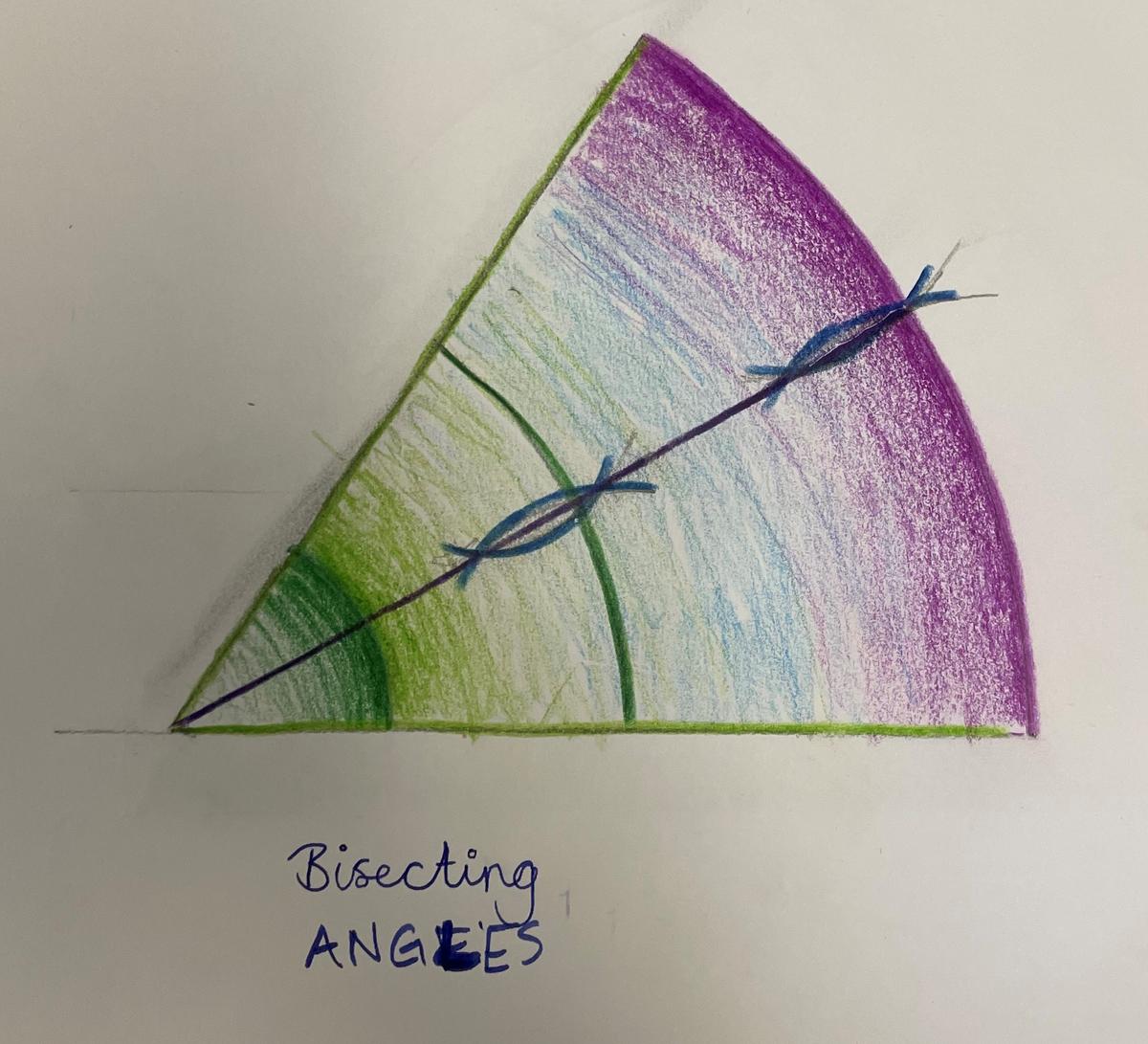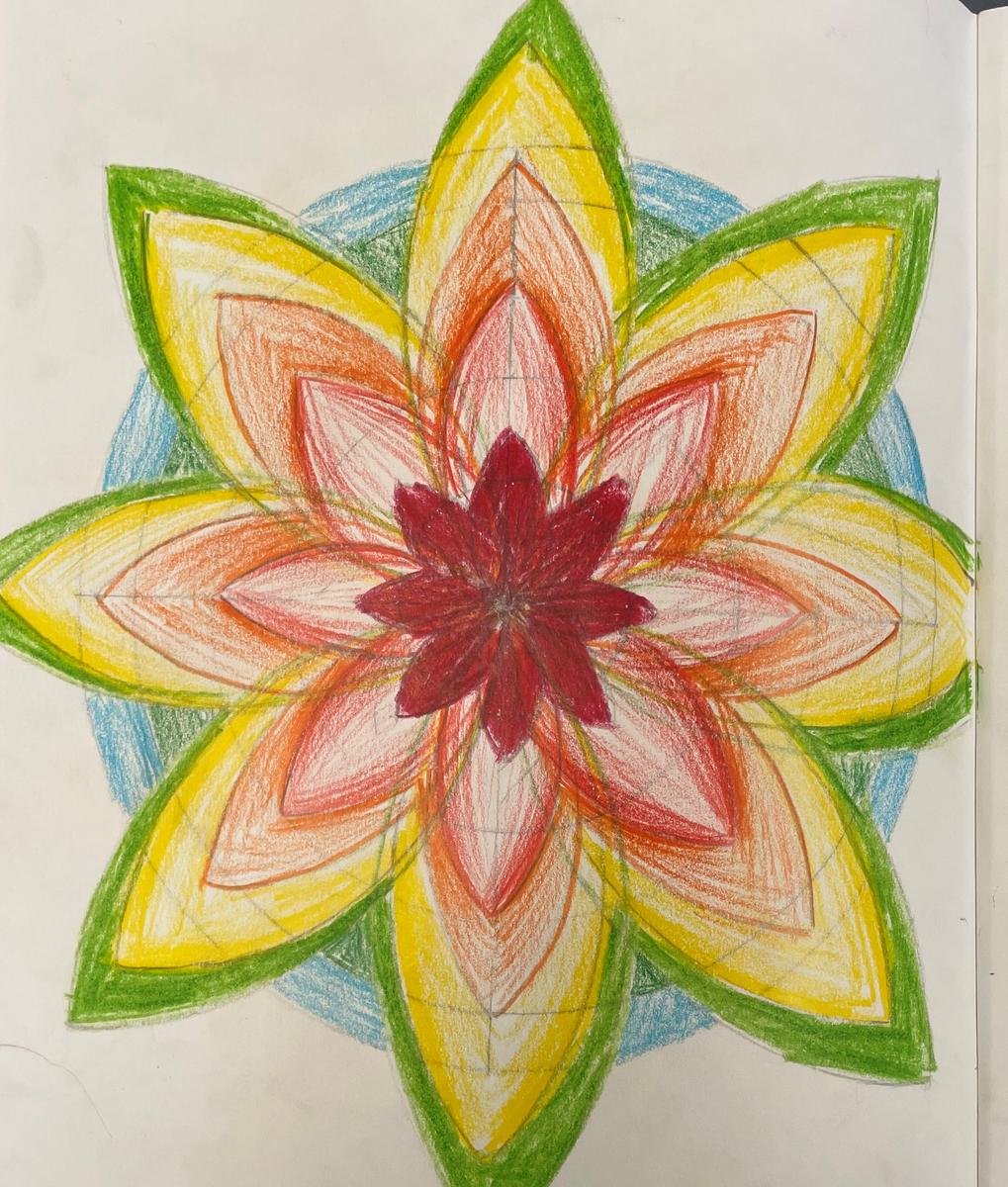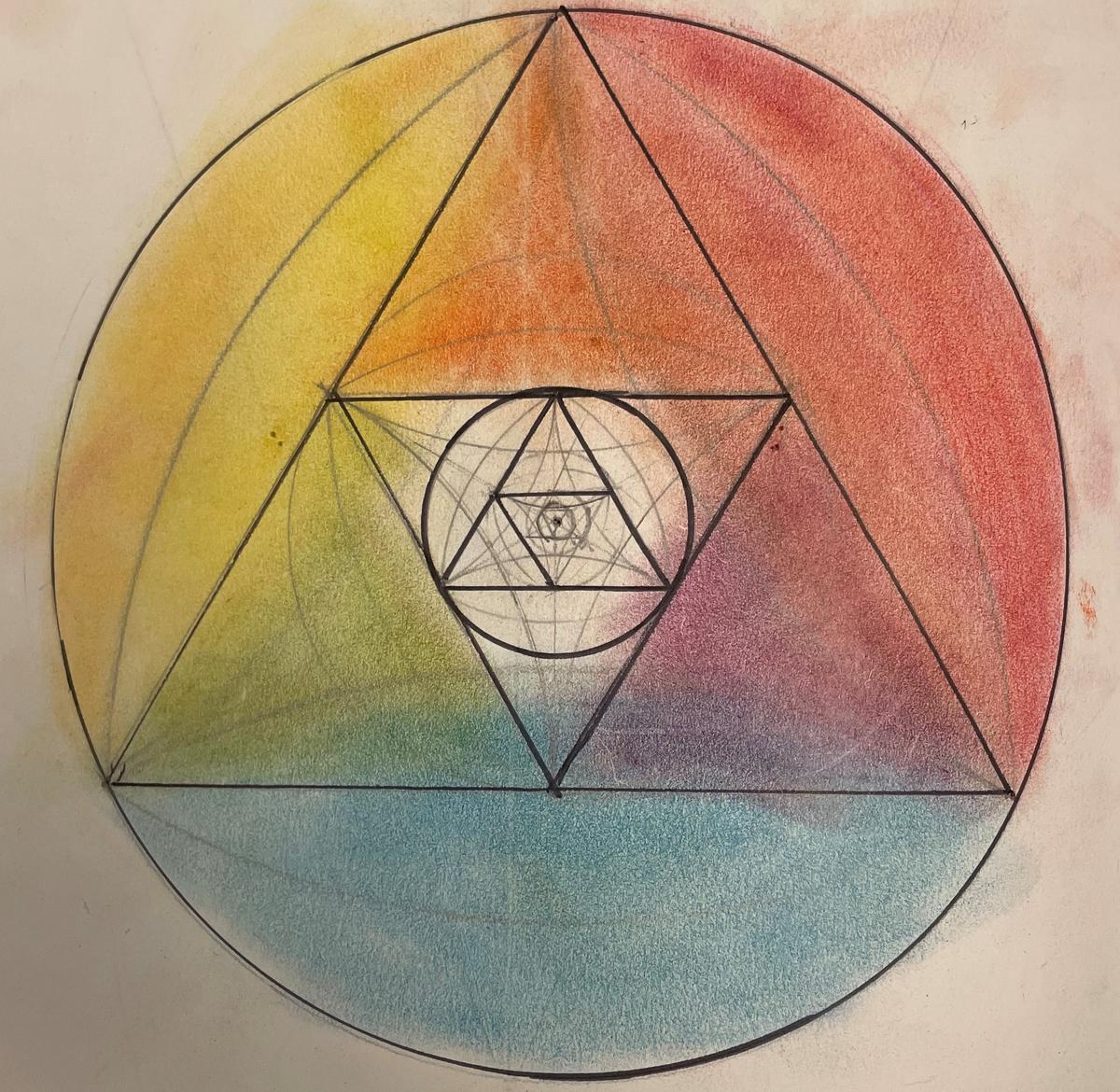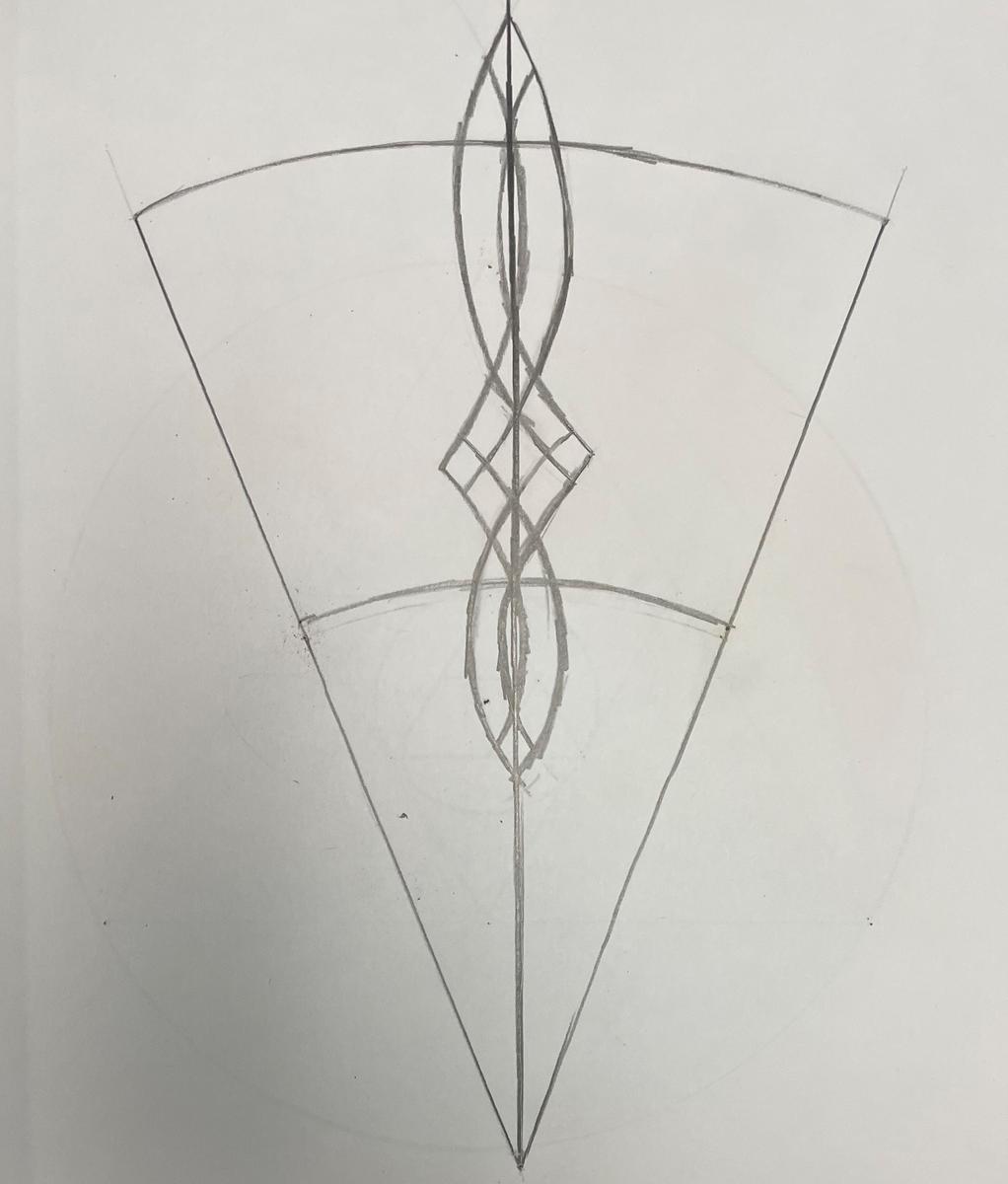Year 4/5/6—Celebrating Learning
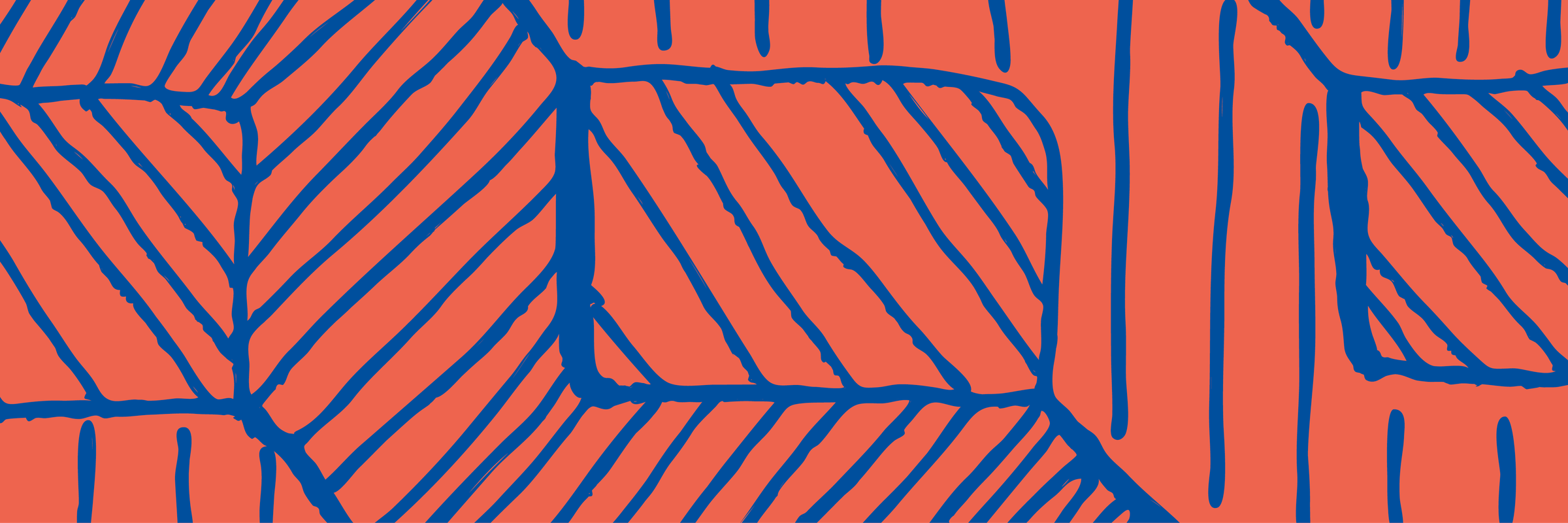
4/5/6 Mainstream
Location and Mapping Unit
In 4/5/6 we have begun a maths unit on Location and Mapping. Through this we have unpacked properties of shape and built on our understanding with our recent study of Angles. We have looked at movement in flip, slide and rotate and patterns that can be made when irregular patterns are tessellated.
Through this unit we have explored map making and essential elements of a map, including the use of BOLTS. We have looked at grid reference systems to locate objects and places on a map, using alpha-numeric, 4-Figure and 6-Figure referencing.
Our unit has concluded with a focus on Cartesian Coordinates and plotting points using the 4 quadrants of a Cartesian Plane.
4/5 Steiner
Our State
In 4/5S we recently finished up our Main Lesson titled ‘Our State’. In this unit the students initially explored our local area and community, before learning about Naarm/Melbourne and it’s changes over time. We then shifted our focus to Geelong and the Bellerine before looking at the state of Victoria as a whole. Each Wednesday students across 4/5S and 5/6S got together to create some beautiful maps, each exploring different purposes.
Geometry
We’ve now kicked off our Geometry Main Lesson. Students have learnt to use compasses and protractors to measure and create angles, form incredible mandalas, and even begin to calculate the angles of regular polygons and find ways to accurately draw them by hand. This has been paired up with an intensive maths focus during practice lessons providing learners with an understanding of the types of angles, degrees, and how to find complimentary and supplementary angles as parts of a whole.
5/6 Steiner
To Geometry or Geometrynot?
56S have started their Geometry Main Lesson in time to link it with their learning about geometry in mathematics. Students have learnt to use compasses and protractors to measure and create angles, form incredible mandalas, and even begin to calculate the angles of regular polygons and find ways to accurately draw them by hand. This has been paired up with an intensive maths focus during practice lessons providing learners with an understanding of the types of angles, degrees, shapes and calculations needed for geometric reasoning. Students thoughts and some images of their work below:
Pippa says “I really like how we get taught the main points of a shape and then we are able to make our drawings unique, letting us make choices to make them individual.”
Wolf says “I really like learning how to use the compass and protractor and make lots of nice shapes.”
Teresa says “I’m enjoying making new shapes.”
Floyd says “It’s quite boring because a lot of the shapes feel the same to me.”
Jools says “It’s quite boring, and just a repetition of maths again.”
Saskia says “I really enjoy adding the colours and making the designed version of the shapes over the mathematical and scientific forms before them.”
